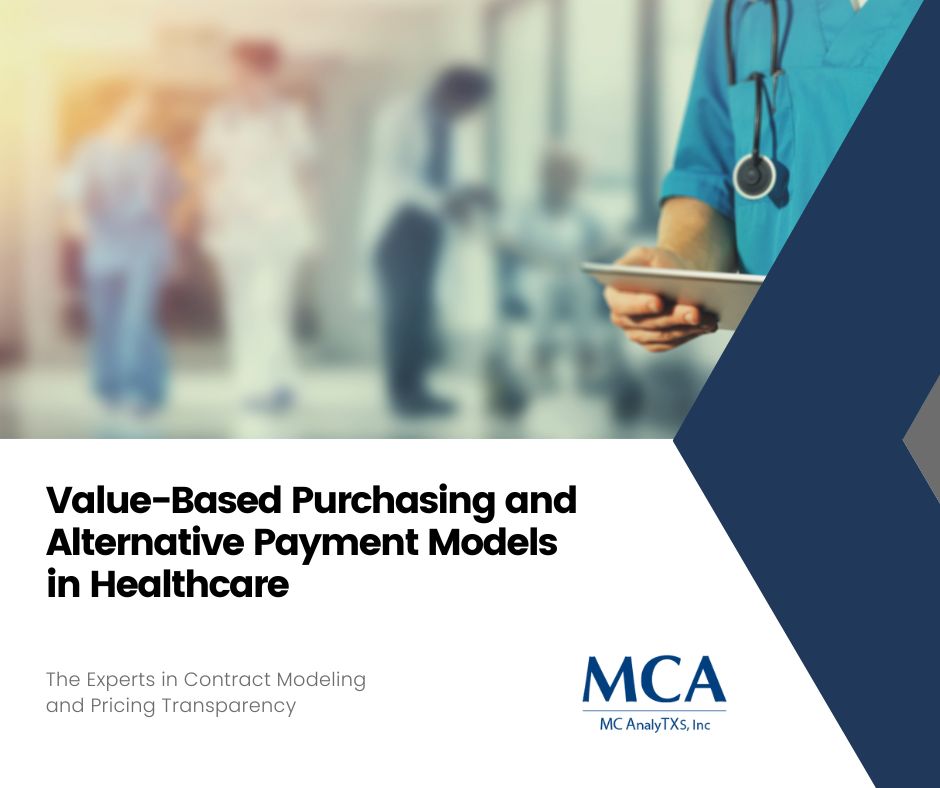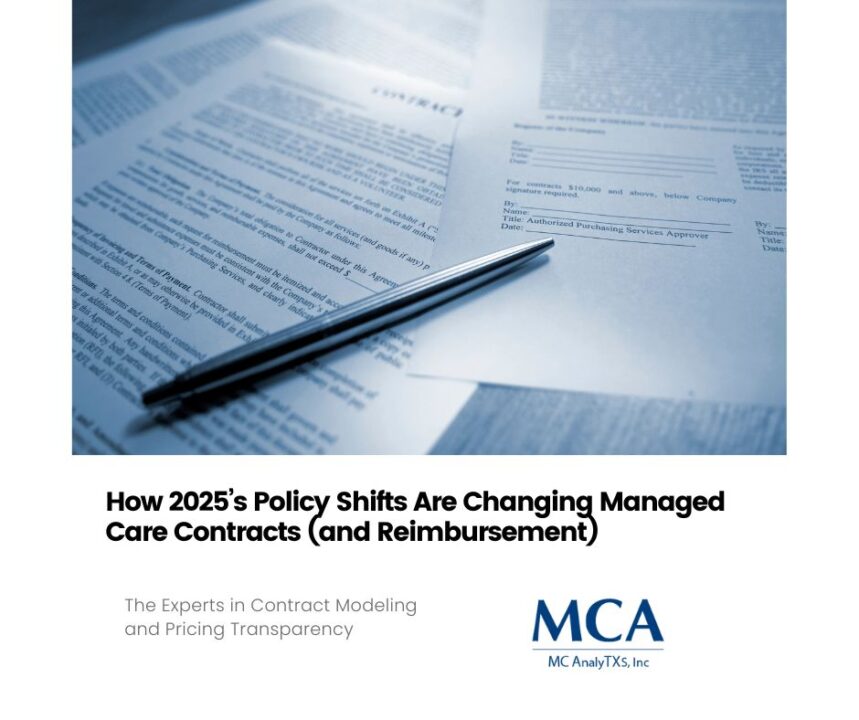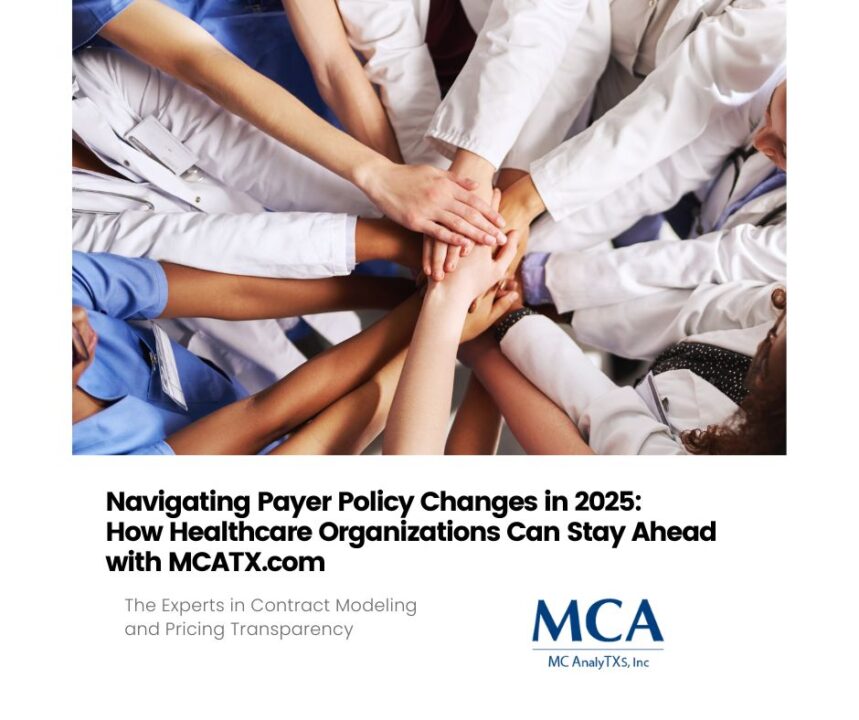
Understanding President Biden’s Healthcare Budget Proposal
March 13, 2024
Enhancing Healthcare Success: The Power of Patient Experience and RCM Strategy
March 18, 2024The landscape of healthcare is evolving at an unprecedented rate, driven by a myriad of factors that include technological advancements such as telemedicine, as well as a growing emphasis on the efficacy and efficiency of care delivery. Central to this transformation are the concepts of value-based purchasing (VBP) and alternative payment models (APMs). These models represent a seismic shift from the traditional fee-for-service approach, pushing healthcare providers to rethink their delivery methods and patient-focused strategies.
In this in-depth analysis, we will explore how VBP and APMs are not only shaping the future of healthcare but also presenting significant opportunities and challenges to providers who wish to remain at the forefront of the industry.
Understanding Value-Based Purchasing
At its core, VBP is a system that is designed to reward healthcare providers based on the quality of care provided to Medicare beneficiaries rather than the quantity. Its primary goals are to:
- Improve care coordination and patient safety
- Reduce costs through better management of chronic diseases and other conditions
- Enhance the overall patient experience
Making the Quality-Efficiency Connection
VBP essentially operates on the premise that higher quality care often translates into higher efficiency, which consequently leads to reduced healthcare costs. This is particularly vital as providers seek to deliver services in a financially responsible manner that doesn’t compromise patient care.
Types of Alternative Payment Models
The shift towards APMs—Medicare payment approaches developed to provide financial incentives to healthcare providers—includes a variety of models that offer different paths to rewarding quality of care over volume. These models can be divided into those promulgated by the Centers for Medicare & Medicaid Services (CMS) and those arising from commercial payers.
CMS Models
Notable CMS models include Accountable Care Organizations (ACOs), where healthcare providers create networks that are responsible for the quality and cost of the care they deliver to a defined population of Medicare beneficiaries, as well as bundled payments, medical homes, and more.
Commercial Payer Models
These models often mirror CMS models but can also be tailored to specific payer needs and the marketplace. The common thread is their focus on incentives tied to quality and the experience patients have in the care system.
Benefits for Healthcare Providers
Providers stand to gain several benefits from the transition to VBP and APMs, provided they can successfully adapt to these new models.
Improved Patient Outcomes
When the primary focus shifts to the value of care, patients are likely to experience more positive outcomes. Providers who excel under VBP and APMs often see improvements in patient mortality, readmission rates, and complications associated with their care.
Increased Efficiency and Cost-Effectiveness
APMs with shared savings components encourage providers to find efficiencies wherever possible, resulting in decreased costs while maintaining or improving quality standards.
Enhanced Focus on Preventive Care
A system that rewards quality and outcomes naturally promotes a greater emphasis on preventive care, which is both cost-effective and leads to better overall health for the patient population.
Challenges and Considerations
While the potential benefits are clear, the healthcare industry faces significant challenges in the implementation of these models.
Data and Reporting Requirements
To measure and report on the quality of care, comprehensive data is needed, which can be a challenge for many healthcare providers. Investing in technology and staff training is crucial to meeting reporting requirements.
Transitioning from Fee-For-Service Models
Many healthcare providers are deeply entrenched in fee-for-service models and have developed systems and practices that support this payment method. Transitioning to VBP and APMs requires significant organizational change and often disrupts established revenue streams.
Ensuring Equitable Reimbursement
A key concern among providers is the need to ensure that reimbursement models accurately reflect the complexity of the care they provide. This includes accounting for socio-economic factors that may affect patient outcomes but are beyond a provider’s control.
Accountable Care Organizations
ACOs have demonstrated the ability to provide high-quality care while delivering savings to both Medicare and beneficiaries. Organizations that have effectively managed care coordination and implemented evidence-based medicine have fared particularly well.
Bundled Payment Initiatives
Hospitals participating in bundled payment initiatives have seen success by focusing on care coordination, effective discharge planning, and reducing the costs related to post-acute care services.
Conclusion
The integration of VBP and APMs into healthcare’s financial framework is a significant step towards a system that prioritizes quality and efficiency. While this transition presents challenges, the opportunities for providers to improve care outcomes and patient experiences, as well as to achieve financial sustainability, are immense.
For healthcare providers, the message is clear: adaptability is key. Those who can best leverage the potential of VBP and APMs stand to not only survive but thrive in the new era of value-based care.
Stay tuned for more insights on how healthcare organizations can effectively implement and benefit from these progressive payment models





